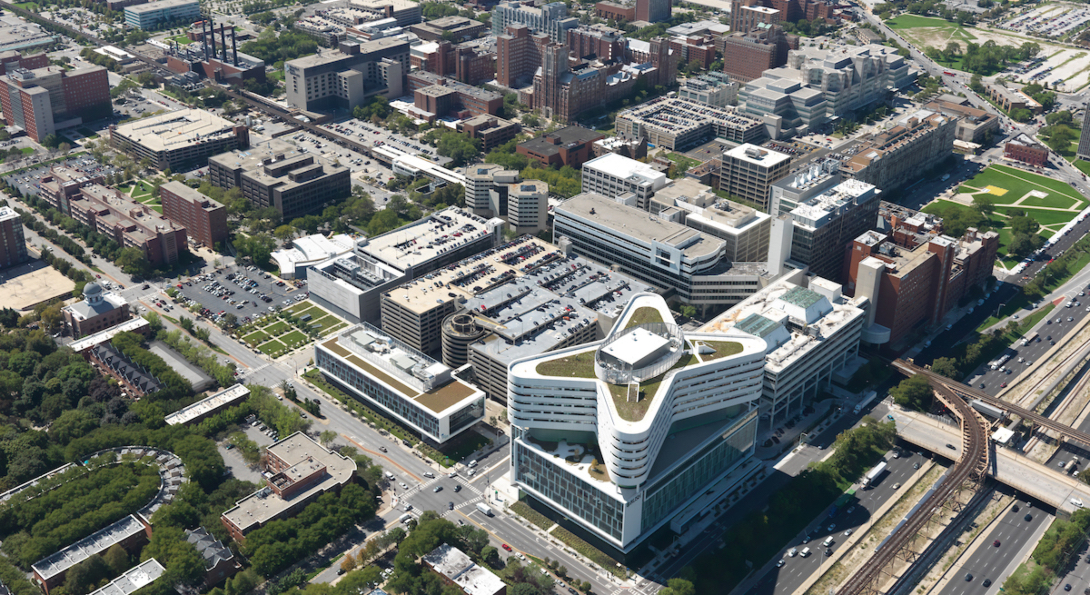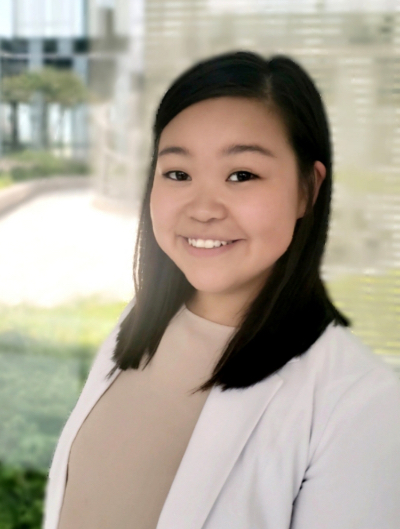Leveraging Technology to Address Social Determinants of Health

Story text

When Katherine Koo, BA in Public Health ’17, was interviewing for her current position as a project manager of community health equity at Rush University Medical Center’s information technology department, she was a bit skeptical of her qualifications.
“I can’t fix your phone or your computer, I have no idea about anything technical,” Koo said. “However, I could see we had some piecemeal programs to serve the community but there wasn’t a solid strategy.”
Since May 2019, Koo has helped build that strategy and community engagement capacity, working hand-in-hand with community partners to highlight health needs in Chicago’s west side neighborhoods and use technology to build interventions. Her work has improved healthcare access for vulnerable populations across the west side.
She focused on emergency care experiences for vulnerable patients and gaps in patient care that result in adverse outcomes including patients leaving without being seen or experiencing prolonged wait times. Working with tech businesses, Koo is implementing artificial intelligence software and supporting workflows to identify at-risk patients earlier on in the emergency room process to improve the coordination of care for that patient. She notes this internal project seeks significant external results, improving patient outcomes and addressing issues of equity in care of patients.
Another initiative addressed an externality of food deserts. Beyond direct impacts on nutrition, the absence of grocery stores cuts off access to sites with health stations, machines at pharmacies that monitor blood pressure, check BMI and weight and provide patient education. Koo worked with churches and community-based sites across the west side to install machines in these high-traffic locations, providing both remote health monitoring and the ability to digitally connect with the Rush System.
“We’re really trying to meet people where they are at,” Koo said. “Knowing your audience, where your patients are from, it’s a concept I learned and really appreciated throughout my undergrad public health education.”
During the COVID-19 pandemic, Koo joined Rush’s virtual care team to expand and improve use of the My Rush mobile app, which had been used for telehealth visits prior to the pandemic. Koo and colleagues managed an on-demand digital urgent care clinic, connecting patients with a provider within 20 minutes. Consultations address COVID concerns but also go further, providing additional services including acute mental health and medication refills. She also served on occasion as a call pool coordinator, triaging technical issues with patients and providers to ensure timely connection for on-demand visits.
While the project’s initial goal was not initially addressing issues of health equity, Koo is now examining how this on-demand service can be expanded to vulnerable populations not accessing the digital services. She is working on a pilot program bringing telehealth stations to homeless shelters, substance use treatment centers and other community sites where vulnerable populations can access on-demand services.
Selected Quote
I’ve built my career on the understanding that as big healthcare institutions, we can’t just go into a community, do an assessment and implement programs we think the community needs. We need to build that trust, to start having these conversations about what they need and how we can help facilitate that change.
| BA in Public Health '17
Story text, continued.
She credits the undergraduate public health programs’ focus on Chicago’s 77 neighborhoods with building her understanding of meeting the unique needs of communities. She says healthcare providers need to have a full grasp of a community’s history and geography to better understand the populations served.
Koo aims to become a healthcare provider herself, applying for medical school for the fall 2022 semester. She aims to practice family medicine, building on the life course perspective approach of her public health education, meeting the needs of her patients by understanding the generations that came before. She hopes her career will continue toward healthcare leadership positions and opportunities to teach.
For now, she is still dreaming big as to how tech can close gaps on health disparities in Chicago.
“There are so many factors outside of medicine we need to address – insurance, transportation, food, things that prevent people from accessing us as healthcare providers,” Koo said. “There really is an opportunity here to utilize our leadership, our partnerships and our skills to bridge those gaps in the communities we serve.”